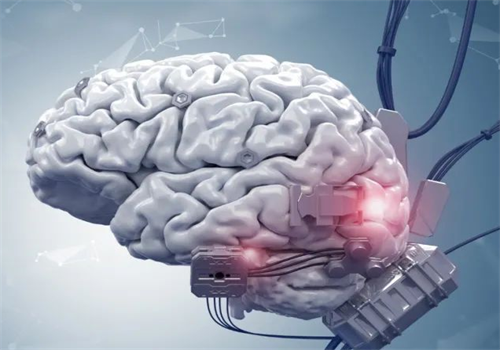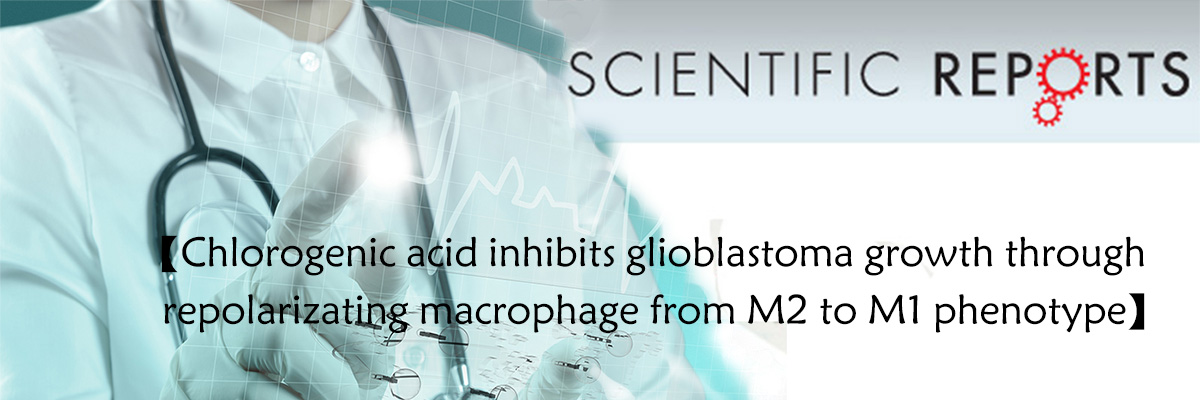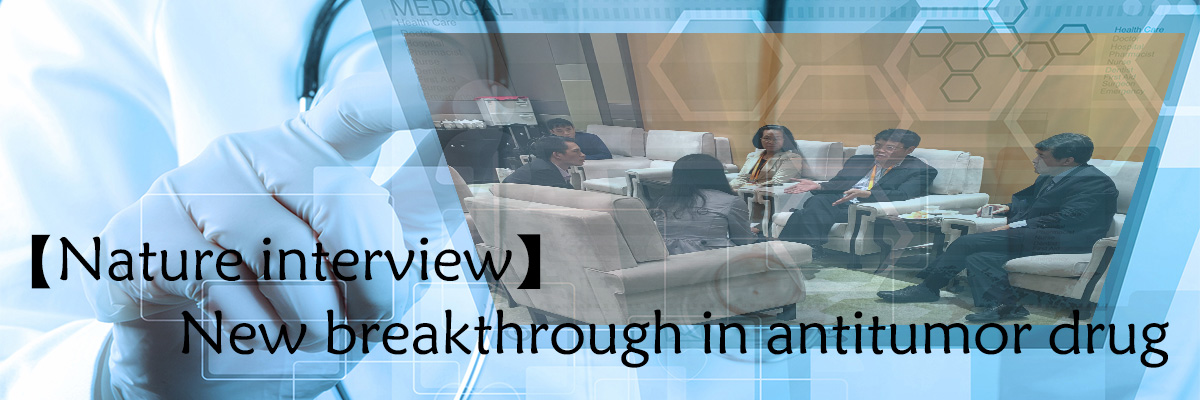[Source: reprinted from the Web ]
On April 9, 2024, A study published in the international journal of Cancer & Metabolism on titled "the Purine salvage promotes treatment to hold in H3K27M - mutant diffuse midline Glioma "research report, from the university of Michigan Rogel cancer research center in institutions such as scientists study found that inhibiting purine recycling may be overcome DMG - H3K27M diffuse midline glioma promising strategy for the treatment of drug resistance.

Diffuse midline gliomas (DMG) include diffuse intrinsic pontine gliomas (DIPGs), a rare form of brain cancer, These tumors often carry mutations in histidine H3 that convert lysine 27 to methionine (H3K27M). DMG-H3K27M is characterized by altered metabolism and resistance to standard therapeutic radiation (RT), but how H3K27M mediates the metabolic response to radiation and consequent therapy resistance is uncertain.
Understanding how H3K27M-driven histone mutations affect tumor metabolism of DIpgs and radiation tolerance has led investigators directly to purine metabolism. Previous studies have explored how purines are metabolized in adult toeblastomas, including a clinical trial in which researchers wanted to see how blocking purine metabolism might help improve treatment success.
In this study, the researchers tried a similar approach to inhibit purine synthesis. DIPG tumors appear to rely on two different pathways to make purines, and in adult GBMs, one of the entry ramps appears to be blocked; This might be a real problem in the case of tumors if drugs were used to block the second ramp, but in these pediatric brain tumors, both ramps appear to be open, so drugs that block only one of these ramps may not really slow the progression of DIPGs. Although no drug can block the second ramp, researchers have been able to block purine production in cells through genetic silencing, and when they do, radiation may work well.
Next, the researchers also want to build on these findings to better understand why pediatric DIPG tumors rely on a different pathway than adult tumors, and how to develop strategies to block the progression of this tumor.
Taken together, our results suggest that DMG-H3K27M cells rely on highly active purine synthesis, including both de novo and recycling pathways. However, the entry of highly active free purine bases into mature guanyl may bypass the pathway that inhibits de novo synthesis. Therefore, inhibiting purine recycling may be as a new strategy to overcome the DMG - H3K27M tumor resistance to therapy.
Solemnly declare: in this paper, all peer originator, reprint articles only for the purposes of the transmission more information, such as the author information tag is wrong, please contact us to modify or delete the first time.







